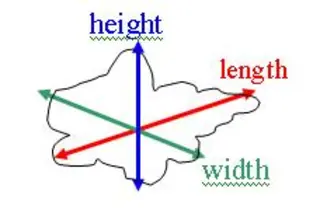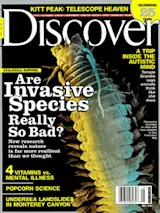Have you ever wondered about the physical science of popping corn? What makes a corn kernel pop into a light and fluffy flake? Scientists have studied popcorn in the lab and their findings have been used by the food industry to develop new varieties. Some of the improved stocks insure a greater percentage of kernels that pop. Others have kernels that pop into larger, fluffier flakes. Critics, however, argue that these commercial advantages compromise the true corn taste.
Pop goes the kernel
Do you enjoy eating popcorn? If so, do you have a brand you prefer? What makes that brand different from other types of popcorn? In this activity, you’ll compare several brands of this snack food and see how all popcorn is not created equal.
Materials: Three varieties of popped popcorn samples Three plates Ruler Graph paper
Steps: 1. Place five representative flakes of one brand of popped corn ...















